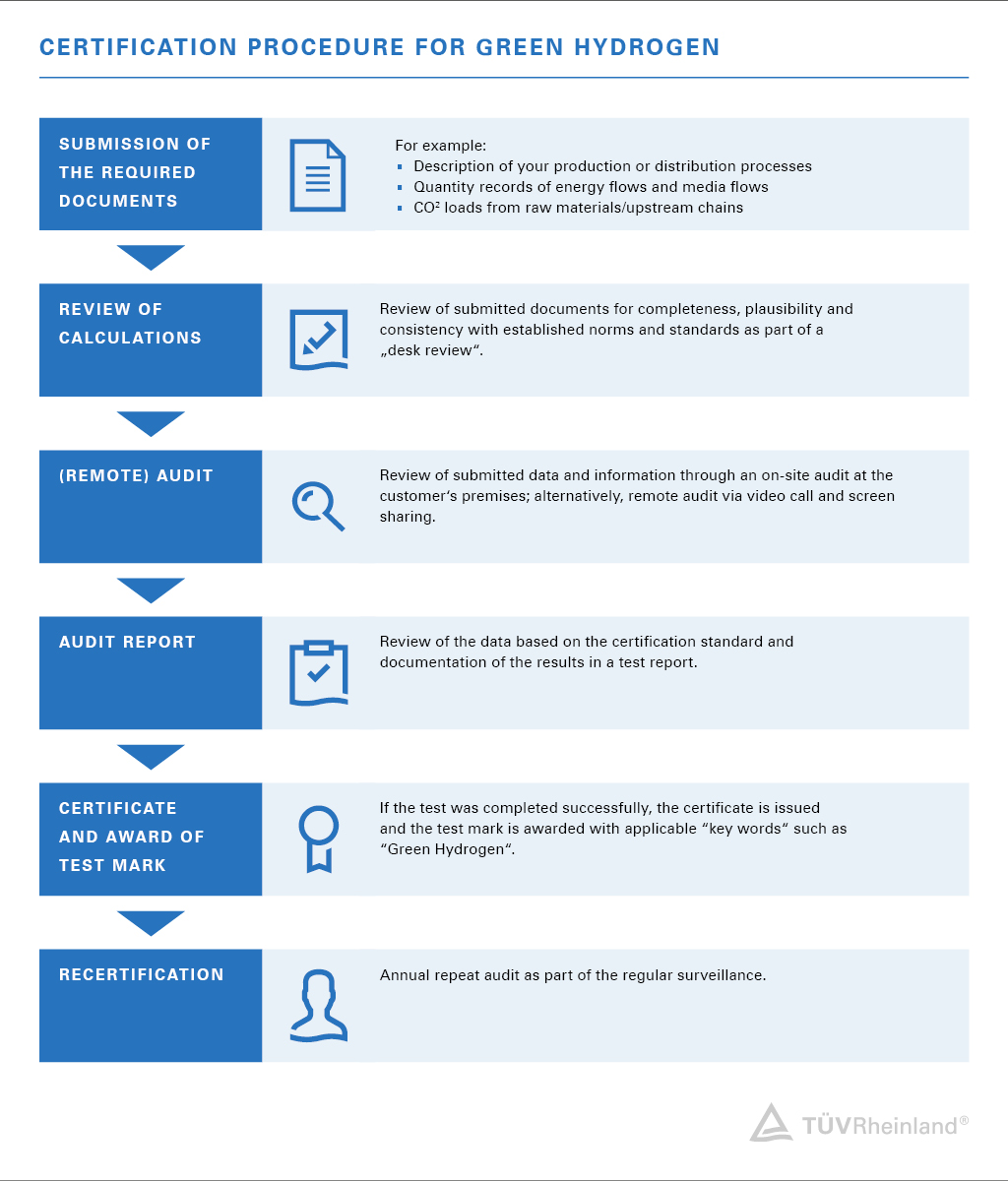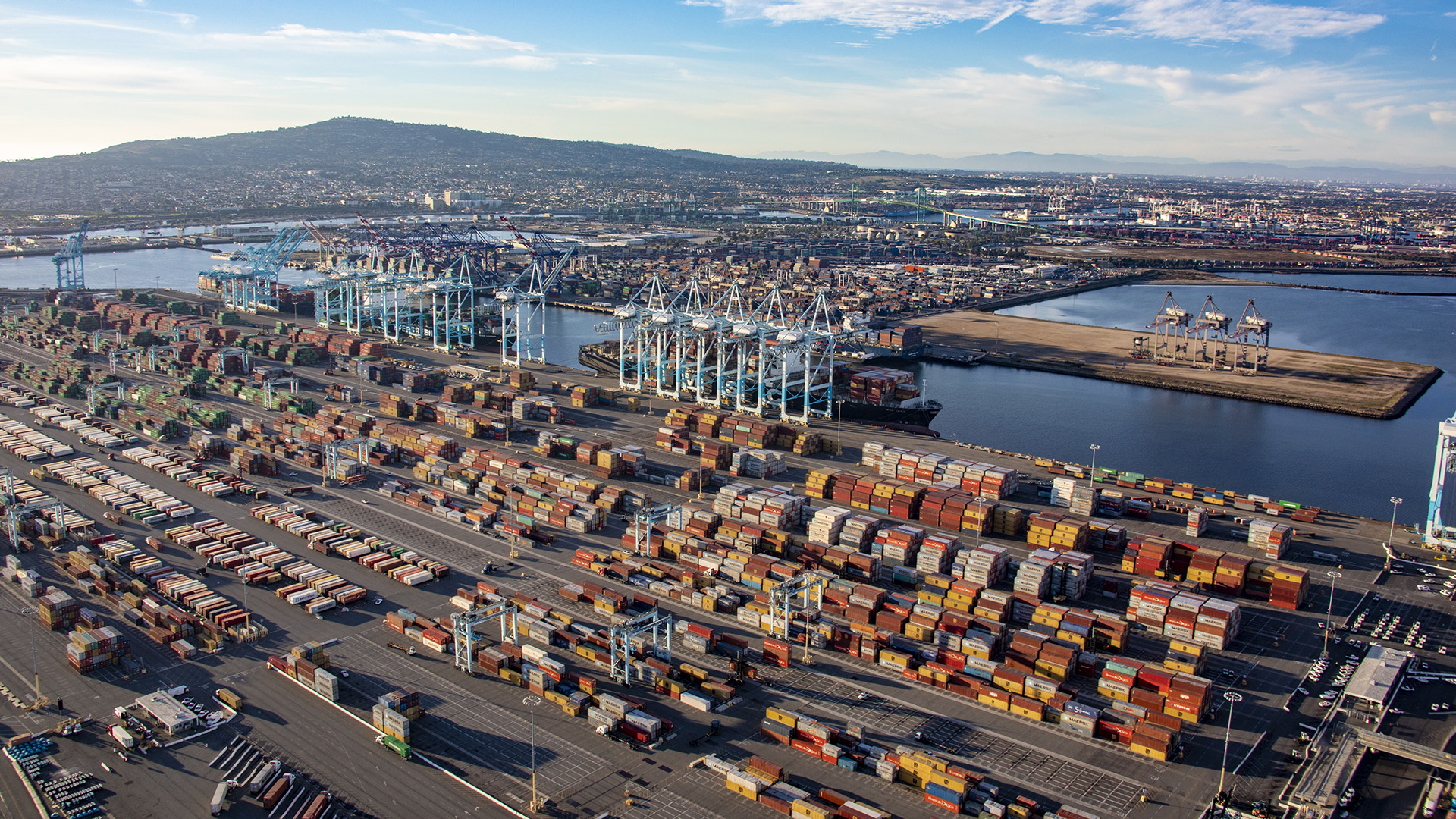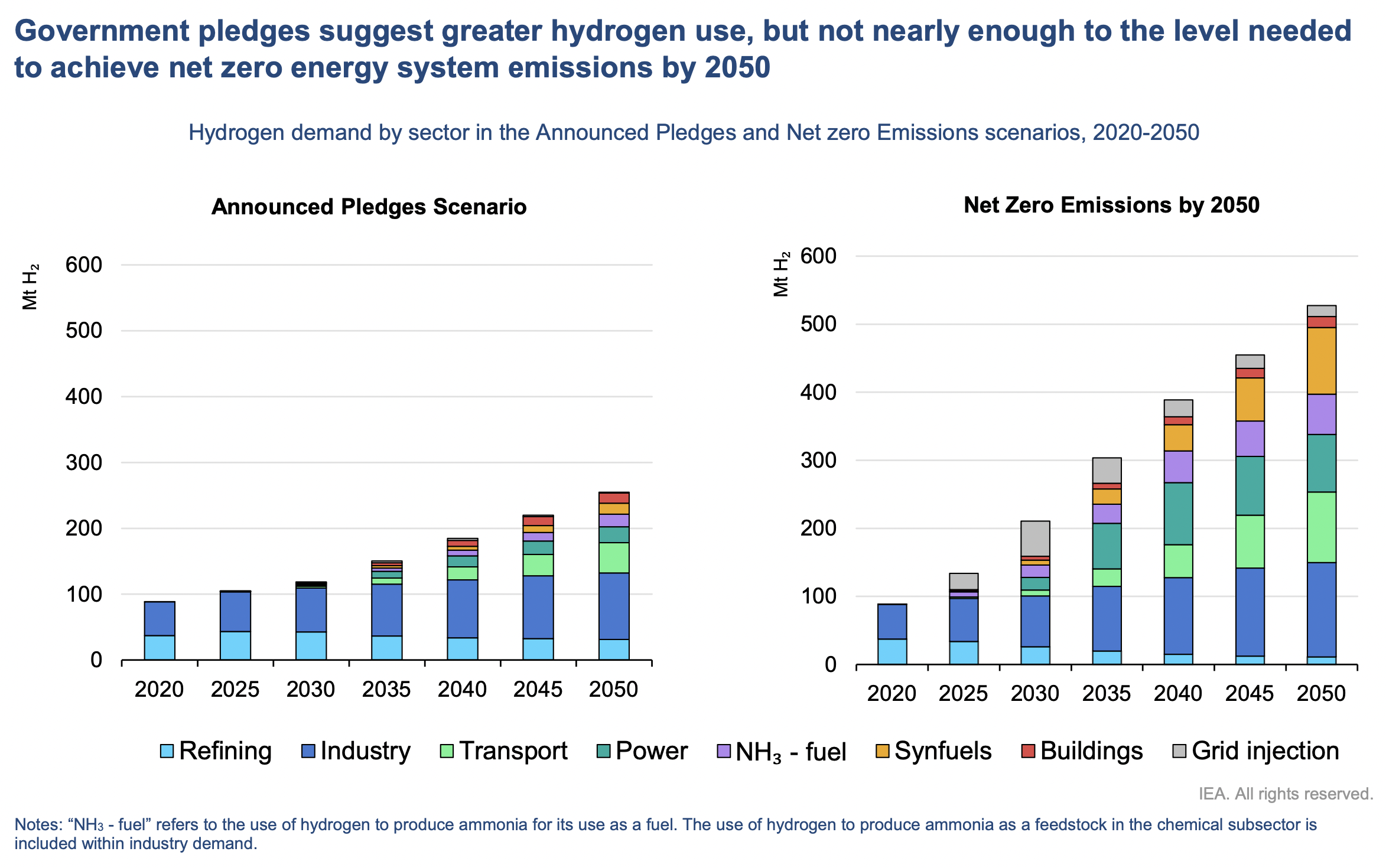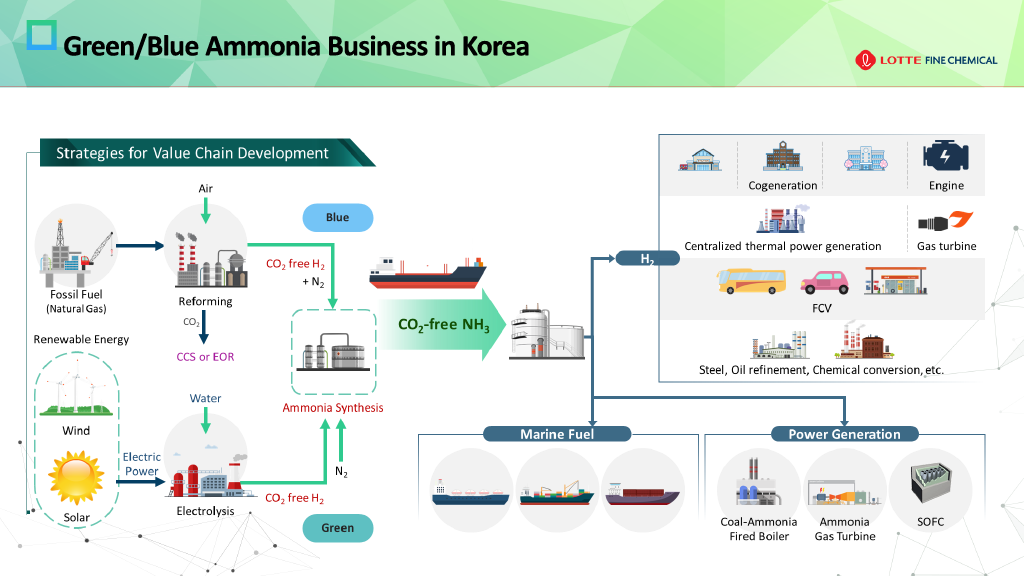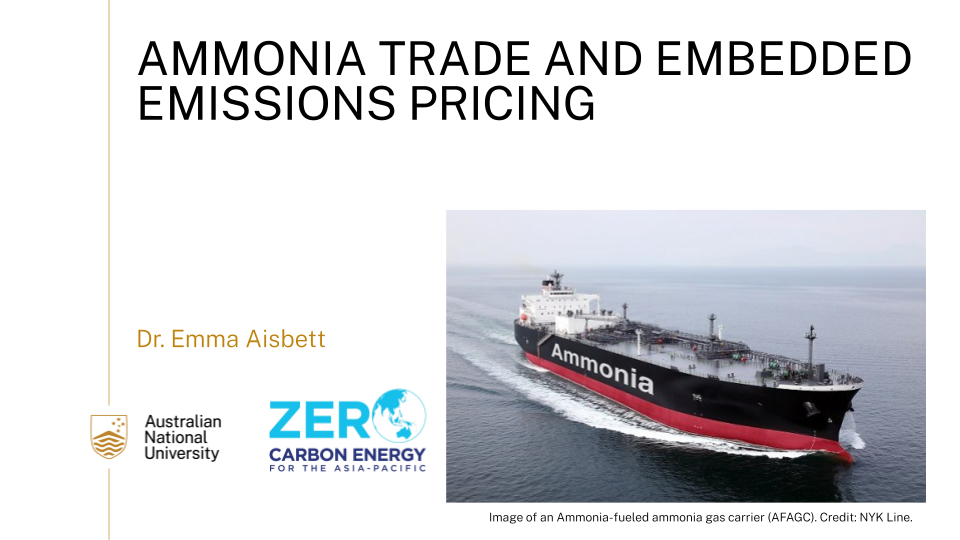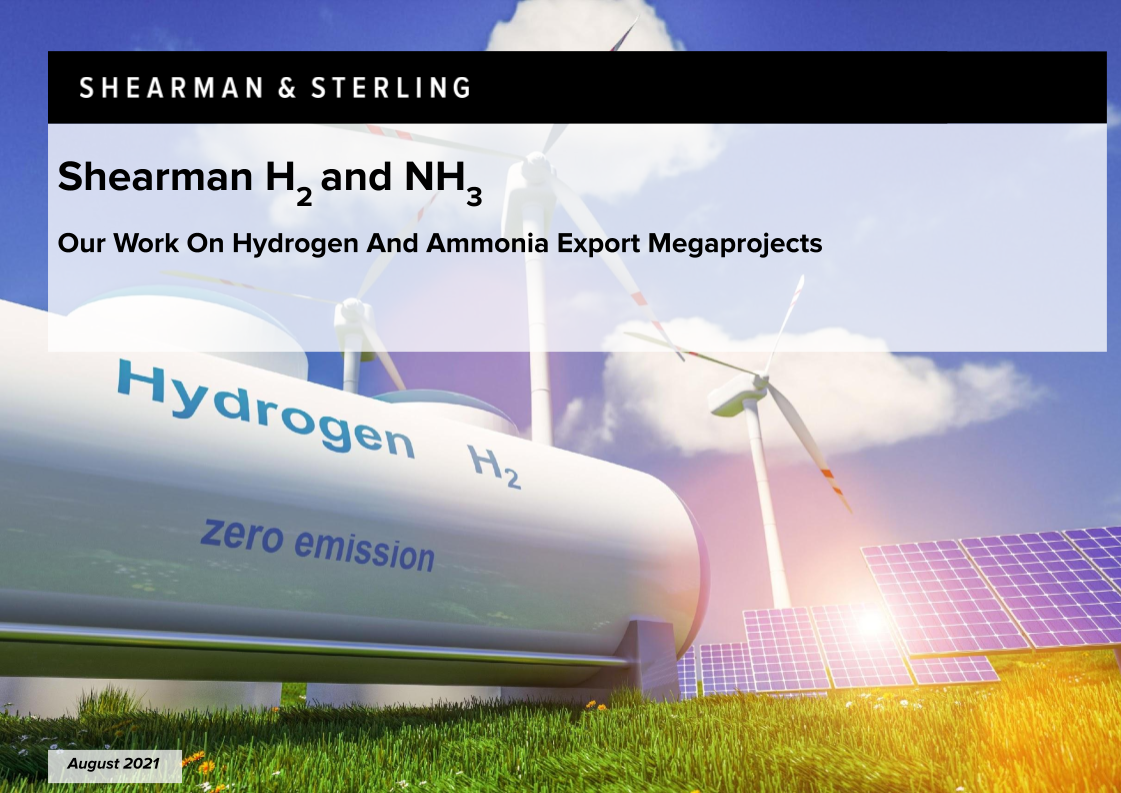Oman mega-project receives green certification
TÜV Rheinland has issued a world-first “Green Hydrogen and Green Ammonia Certificate” to Scatec & ACME’s solar ammonia mega-project in Oman. The greenfield project has met all criteria for TÜV’s H2.21 Carbon-Neutral Hydrogen standard. The certification will allow Scatec & ACME better access to key international markets. In related news, Dutch hydrogen trading platform HyXchange has delivered its very first green hydrogen certificate as work continues to implement its Guarantee of Origin scheme.
